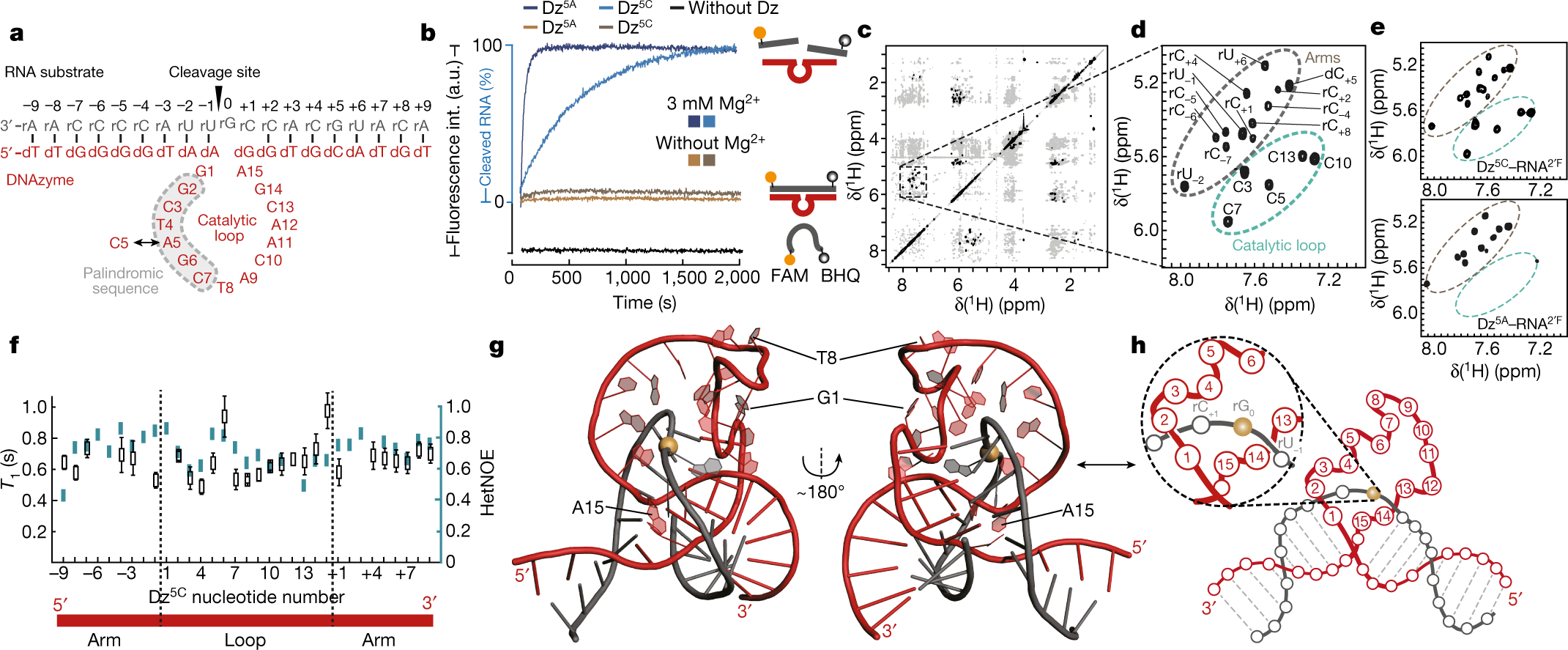
He’s an avid programmer, triathlete, space fan, guitarist, chef and father of two amazing daughters. Previously, Scott landed public cloud at PwC for 200k employees in 2014, moved a video site for 5m users to AWS in 2008, sold a social photo site with 50M users in 2007, built mobile phone “widgets” in 2005, and launched a $13B web middleware and $4B web hosting business in the 90s. Scott holds a PhD in AI with multiple degrees from MIT and the University of Washington. Scott was blessed with the opportunity to build an amazing AI team within OCTO, where the team instigated call center AI, document AI, AI notebooks, and many of Google’s largest AI-first cloud deals. Scott has demonstrated efficacy in reverse engineering mainframe systems in healthcare claims processing, searching for exoplanets and minerals on the moon with NASA, and cutting the costs in millions of customer chat & voice interactions. Scott currently focuses on the healthcare industry. Scott reframes business processes as “tensors in, tensors out,” extracts data before and after a complex system, then builds and trains ML models to replicate, improve and optimize business processes. Scott is a member of Google Cloud’s CTO office (OCTO), a team of industry ex-CTOs who co-innovate with top customers and product teams. Scott goes on to describe how elaborate cocktails of AI - brewed at NASA - are now overtaking the mundane, driving 10x economic returns for customers, challenging the status quo of emerging, trillion dollar markets. Google of course was looking for a commercial outcome to pay for all this volunteer work. These teams successfully applied deep learning to astrophysics, space weather, planetary science and more. By carefully landing a key project, this nascent effort grew to multiple collaborations of NASA scientists, academics and Silicon Valley companies. He starts with a tale of the rough first few weeks at NASA, confronted by skeptics. In this fun talk, Scott describes why he cares so much about getting to Mars and how it led to his involvement with NASA. Scott has been working with NASA’s Frontier Development Laboratory since 2017 to drive 18 separate projects that seek to use deep learning in the exploration of space and the preservation of Earth.

With the interactive presentations feature, professionals can create virtual presentations that engage, connect and inspire audiences on Zoom.Īs businesses and schools around the world have adopted a new reality in the post-COVID world, it has never been more important to stay connected and foster meaningful social interaction, whether it’s during a virtual class, meeting or presentation.

Professionals can also take their virtual presentations to the next level with Kahoot!’s interactive presentation tools, available in the Kahoot! 360 offering. With this new integration, teachers and professionals will be able to easily make their virtual meetings more engaging and fun by giving attendees a way to actively participate, interact and take part in some friendly competition. Meeting hosts will have immediate access to their kahoot gameplay data and can share kahoots with those who couldn’t join the meeting, and participants who played a kahoot can work to improve their score. Through the Kahoot! Zoom App, users will be able to access, host and play Kahoot! games with other meeting participants without ever leaving the Zoom call or needing a second device. Kahoot! was announced as a Zoom Apps Launch Partner for this integration at Zoom’s annual virtual Zoomtopia user conference, kicking off today. Zoom is one of the most popular video-first unified communications platforms on which our users host and play kahoot games and presentations fueled by Kahoot!.


to bring Kahoot!’s unique game-based engagement to Zoom’s 300 million daily meeting participants. To support schools and companies in these times, we’re excited to announce that Kahoot! is partnering with Zoom Video Communications, Inc. As many schools and businesses have gone virtual, teachers and professionals continue to face the challenge of keeping their students or remote teams engaged during virtual meetings.


 0 kommentar(er)
0 kommentar(er)
